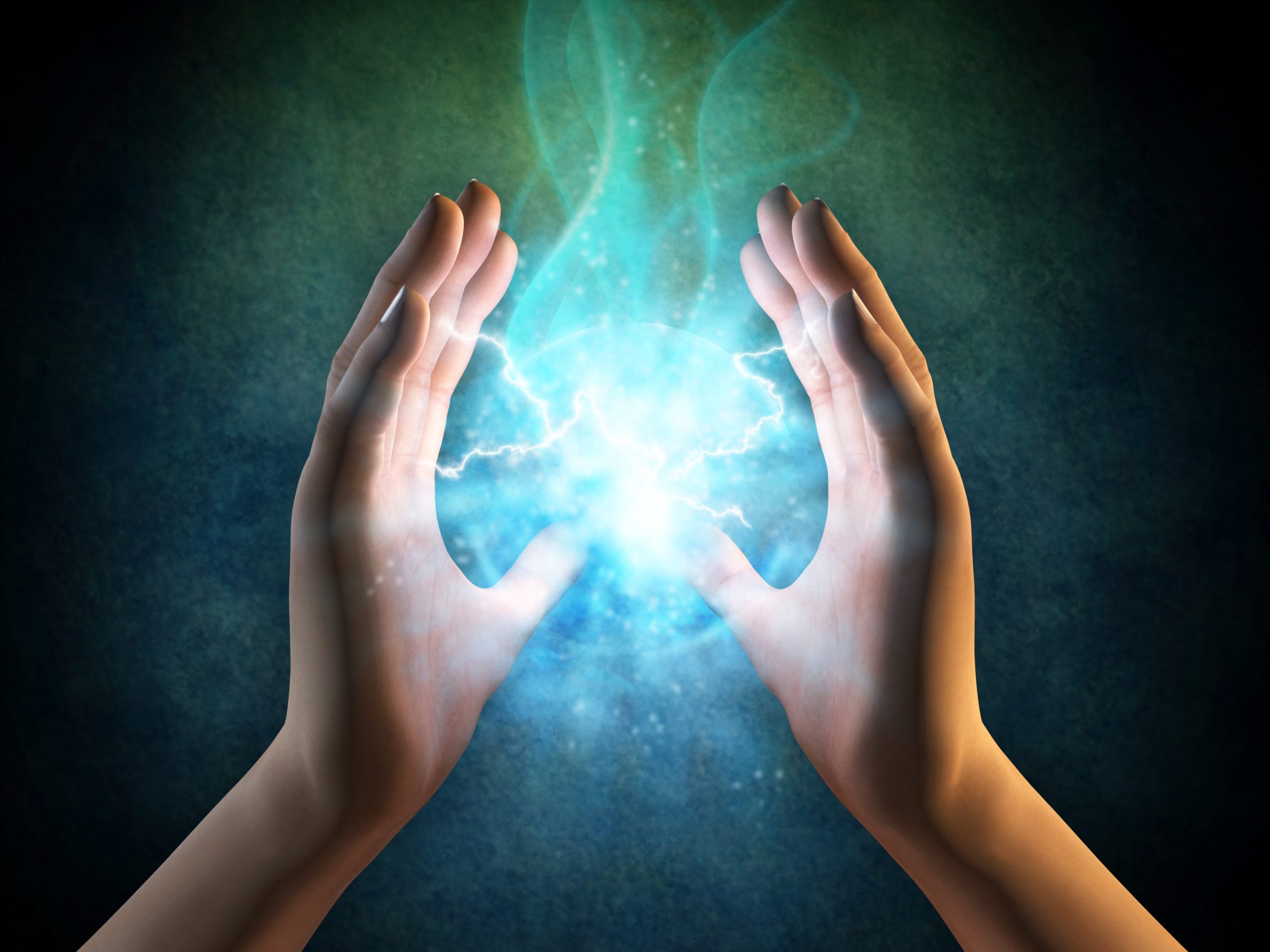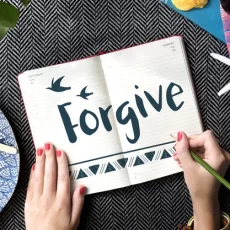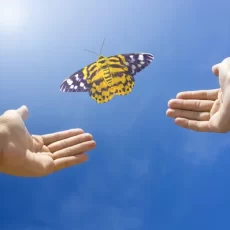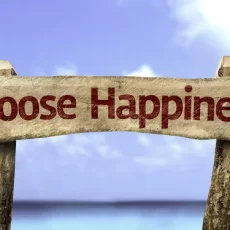After the Chinese invasion of Tibet in 1959, Tenzin Choedark the personal physician of Dalai Lama, was first sent to a forced labor camp in northeastern Tibet along with some one hundred others. Five prisoners, himself among them, survived.
He was transferred from camp to camp for nearly twenty years and often thought he would die of hunger or of the abuse inflicted on him. A psychiatrist who specializes in post-traumatic stress and who treated Dr. Choedark was astonished that he showed not the least sign of post-traumatic syndrome or signs of Helplessness. Happyho also provide best Meditation classes and yoga classes in Noida and Delhi NCR India area.
He was not bitter, felt no resentment, displayed serene kindness, and none of the usual psychological problems such as anxiety, nightmares, and so on. Choedark acknowledges that he occasionally felt hatred for his torturers but that he always returned to the practice of mediation and inner peace and compassion. That was what sustained his desire to go on living and ultimately saved him. Forcefully push the helplessness away.
Another example of someone who underwent physical ordeals that was scarcely imaginable is Ani Pachen. After twenty-one years in detention, Ani Pachen a Tibetan princess, nun and member of the resistance, was held in total darkness for nine months. Only the bird that penetrated her cell allowed her to tell day from night. She insisted that while she was certainly was “happy “ in the usual sense of the word, she was able to sustain the main aspects of Sukha by looking within and relating again and again to the meditation practice and to her spiritual teacher, by contemplating the meaning of impermanence and of laws of cause and effect, and by becoming more aware than ever of the devastating consequences of hatred, greed, and lack of compassion.
We are talking here about an intellectual and moral stance that differs culturally and philosophically from our own, and which we debate endlessly. The people just described are proof that it is possible to maintain Sukha under repeated torture. They lived this experience for years on end, and the authenticity of that experience is far more powerful than any theory.
Another example is that of a man I have known for twenty years who lives in Bumthang province at the heart of Himalayan kingdom of Bhutan. He was born without arms or legs, and he lives on the outskirts of village in a little bamboo hut of just a few square yards. He never goes out and barely moves from the mattress on the floor. He came from Tibet 40 years ago, carried by fellow refugees, and has lived in this hut ever since. The mere fact that he is still alive is extra ordinary in itself but even more striking is the joy that radiates from him. Every time I see him, he is in the same serene, simple, gentle, unaffected frame of mind. When we bring him small gifts of food, blankets, a portable radio, he says that there was no need to bring him anything. “ What could I Possibly need?” he laughs.
There is usually somebody form the village to be found in his cabin – a child, an elder a man or a woman who has brought him water, a meal and some gossip. Most of all they say they come because it does them good to spend a little time in his company. They ask his advice. When a problem arises in the village, they usually come to him to solve it.
Dilgo Khyentse Rinpoche, my spiritual father would sometime stop and visit him when passed through Bumthang. He would give him blessings because our friend asks for it, but khyenstse Rinpoche knew that it was certainly less necessary for him than for most. The man had found happiness within himself and nothing could take it away from him.
Excerpts From the book of Matthieu Ricard





